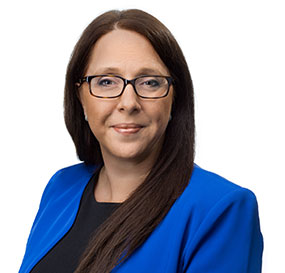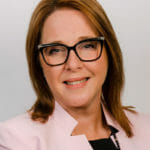

Ed Garner is the only doctor serving an 11,000-square-mile area of western Texas near the town of Van Horn. Everyone from elderly inpatients and pregnant mothers to ER visitors has access to only one full-time physician — in a medical desert roughly the size of Maryland.
Van Horn’s plight underscores the lack of adequate healthcare common in certain rural areas of the U.S. That problem is only likely to worsen as doctors like the 68-year-old Garner age out of the profession and the population as a whole lives longer and longer.
According to United Nations statistics, the average life expectancy in the U.S. is currently 78.9 years. That is slightly higher than in 2010 (78.5) and significantly higher than in 2000 (76.8) and 1990 (75.2). As of 2017, the average 65-year-old man and woman could expect to live another 19 and 21.5 years, respectively. Twenty-five percent of those in that age cohort could even be expected to survive past the age of 90.
At the same time, it has been estimated that seniors require two to three times as many medical services as their younger counterparts. But who will provide them? According to a 2019 CNBC report, one-third of the doctors currently practicing will be 65 or older in the next decade. By 2032, there will be a shortage of between 46,900 and 121,900 physicians.
The pinch will surely be felt in long-term-care facilities as well. That’s where telemedicine comes in.
Already in use
Such technology is actually already in use in places like the 14-bed hospital serving Bisbee, AZ, a town facing the same problem as Van Horn. In that case, it gives residents access to the type of care they might not otherwise receive. But telemedicine has been found to be of great convenience to patients in busier settings, too. The Allure Group, for example, uses a telemedicine platform known as Telehealth Solutions at its six New York City-based skilled nursing facilities.
The telehealth model has become part of Allure’s daily operations, giving floor staff access to providers at the push of a button, even during off-peak hours. In addition, Allure has in recent months collaborated with Vis a Vis Health on a telemedicine solution that enables recently discharged patients to contact physicians via hand-held devices within 24 hours of departure. The device also has various appendages that feed real-time information (heart rate, oxygen level, etc.) to a team of clinicians that can then determine what interventions may be necessary, if any.
During the Vis A Vis pilot phase, a recently discharged patient was successfully triaged, helping them avoid a needless trip to the emergency room and instead return to an Allure facility for follow-up care.
Help during pandemic
Telemedicine, of course, has even been integral in the battle against the coronavirus, allowing high-risk patients to seek medical attention without exposing themselves to the virus. It’s also been a godsend for clinicians who are finding their time, resources, and personal protective equipment in dangerously short supply.
Even so, telemedicine adoption has historically been slow. A study undertaken by the American Medical Association in 2016 showed that just 15.4% of physicians worked in a practice that used telemedicine platforms to interact with patients. Just 11.2% used the technology to interact with other doctors.
The arguments in favor of telemedicine are nonetheless compelling. Besides increased access and convenience, telemedicine can also save on rising healthcare costs. In 2017 for example, Americans spent $3.5 trillion in that space, or an average of nearly $11,000 per person. It has been estimated however, that as much as 25% of yearly healthcare outlays are wasted. Telemedicine can alleviate some of that waste by making doctor visits more efficient and eliminating unnecessary ER visits.
The technology is obviously not perfect. There is often no replacement for face-to-face interaction with a physician, and telemedicine requires specialized physician training and equipment.
But its implementation would help alleviate overworked doctors like Ed Garner, provide badly needed medical services in rural areas, and even lower healthcare costs that burden the entire system. The technological and regulatory hurdles to reach that point are large but surmountable. And the benefits are worth fighting for.
Melissa Powell is the President and Chief Operating Officer at The Allure Group.





